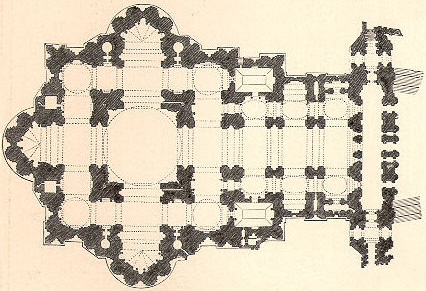How many Bagan Temples destroyed by the Myanmar Earthquake ?
According to Wikipedia, Bagan, the historical city of Myanmar, is located in an active seismic zone. Therefore, the city has experienced many earthquakes over the years, with over 400 earthquakes recorded between 1904 and 1971. The most recent major earthquake before 2025 occurred on July 8, 1975, reaching 8 M and damaging many temples, in many cases severely and irreparably.
In 2017, according the FrontierMyanmar website, “A survey by the Association of Myanmar Architects (AMA) has recorded 3,822 monuments at Bagan and the inventory has been handed to the Minister for Religious Affairs and Culture“. Moreover, “In the survey, the AMA tried to include all visible monuments. It also found new mounds, including some that were buried but could not be assessed, and counted new structures on old mounds“.
On March 28, 2025, a powerful earthquake (7.7 M) struck the city again, but even after several days, it is unclear how extensive the damage to historical heritage in Myanmar was. The event, which killed dozens of people, had its epicenter in the Mandalay region of Myanmar.
According this AP post, dated April 10, 2025: “The earthquake destroyed 48,834 houses, 3,094 Buddhist monasteries and nunneries, 2,045 schools, 2,171 departmental offices and buildings, 148 bridges and 5,275 pagodas, the state-run Global New Light of Myanmar newspaper reported, citing Vice Senior Gen. Soe Win, the vice chairman of the ruling military council.” In the former capital Inwa (previously Ava), according Wikipedia ” 75% of the historical structures in the former royal capital were damaged, including pagodas and temples“.
Capital of the Pagan Kingdom from the 9th to the 13th century between the 11th and 13th centuries, Bagan is not an ordinary historical city. There were more than 10,000 Buddhist temples and other buildings, while at the time of the last earthquake only about 2,200 temples and pagodas remained.
Here a more detailed NYT article on the main temples damaged in Bagan.
Bagan: Buddhist temples in danger after March 2025 earthquake
Bagan is once again in the spotlight following the earthquake that struck the country in March 2025. The main concern is the potential damage to this invaluable cultural heritage, which was declared a World Heritage Site by UNESCO in 2019.

Situated in an area of high seismic activity, close to the Sagaing Fault, Bagan has a long history of vulnerability to earthquakes. The previous earthquake in 2016 had already caused considerable damage to key monuments. It is currently unclear whether the March 2025 earthquake caused similar damage.
The stupas and temples of Bagan, built on the banks of the Irrawaddy River by the first unified Burmese dynasty, represent one of the world’s greatest Buddhist civilisations. The city, founded by Anawrahta Minsaw around 1044, saw the construction of over 10,000 religious shrines, many of them intricately detailed and have withstood earthquakes and questionable restoration.
Bagan’s cultural significance extends beyond its historical and architectural importance. As Professor Ashley Thompson, an expert in Southeast Asian art at SOAS, has pointed out, for people who have suffered prolonged political violence, the remnants of Bagan’s past prosperity can provide hope, even if its Buddhist imperial symbolism can sometimes be exploited. The site is also home to the Myazedi Inscription Museum, a stele from 1113 considered the “Burmese Rosetta Stone” for its inscriptions in four ancient languages, including the oldest known form of Burmese.
The potential cultural loss Bagan faces again may seem secondary to the tragic loss of life caused by the earthquake, but it will have a lasting impact on a country where many people are struggling to survive.
Despite the decline in foreign tourism over the past two decades, Bagan remains a site of immense importance to the local population. The scientific community and the world are now looking with apprehension at future developments, in the hope that damage to Bagan’s precious cultural heritage will be limited and that effective action can be taken for its conservation.




